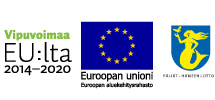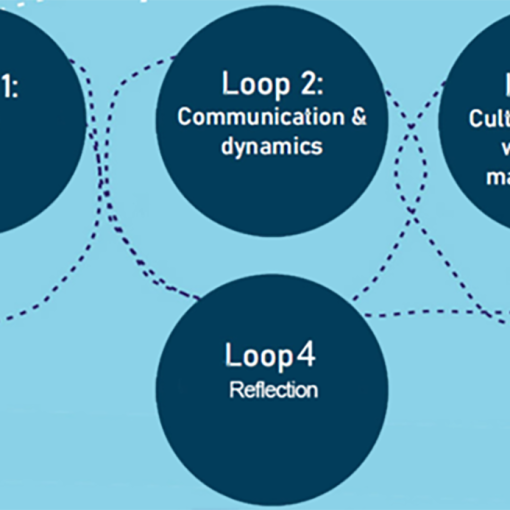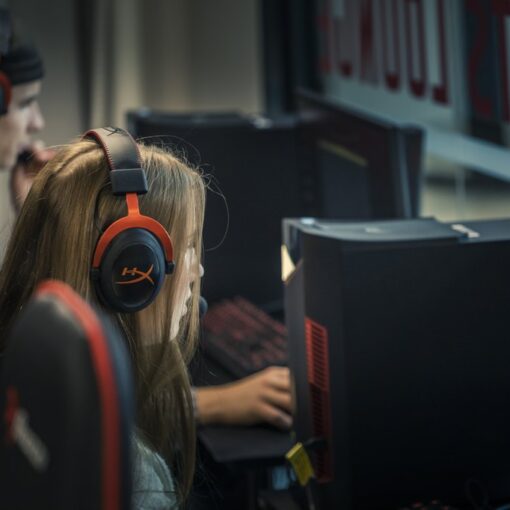Gamification has become popular in recent years as more and more people recognise the value of incorporating gaming elements into non-game contexts. Games are a fun and engaging way to learn new skills and concepts, not to discuss relaxation. From simple Facebook games to more complex strategy and role-playing videos, games offer a unique learning experience that can be incredibly effective.
Yet, despite the clear benefits of gamification, it still needs to be utilised in many areas, including education and tourism. One of the most common misconceptions about gamification is that it means turning everything into a competition or a game. However, this is different. Gamification means incorporating game elements into non-game contexts to motivate people, improve their engagement and learning outcomes, and enhance the experience.

Awards provide an easy way to learn and play
One way to apply gamification to tourism is to award titles to visitors based on their level of proficiency in a particular subject. For example, a person who visits one place in Lahti might be called a “Lahti apprentice”, and the one visiting all the marked places might be awarded the title “Lahti expert. Ranking visitors against their peers can also add an extra layer of competition, but the most critical aspect is challenging oneself to improve. This kind of thinking can also be applied to teaching visitors to act more responsibly or enhance experiences by making them think more. This way, we can imprint a permanent memory on the visitors’ minds.
Collaboration with the international extent
Collaboration is another important element of gamification. In strategy and role-playing games, players work together to overcome obstacles and share knowledge. This is similar to peer learning in education or experience sharing in tourism. Still, gaming and the internet allow for global collaboration, adding cultural and linguistic aspects to the experience. As our society becomes increasingly globalised, this is becoming an increasingly important aspect of tourism, as well.
Experienced gamers can even create their games, which can be an incredibly effective way to enhance engagement and provide destinations with new experiences. With the rise of user-friendly game creation platforms, even those with minimal tech skills can create games tailored to their specific needs and interests, e.g. thematic, gamified routes.
Gamification in tourism
The business world has recognised the power of gamification in customer engagement and product development, but tourism needs to be faster in adopting this approach. In e-Hospitality, we are doing our part to incorporate gaming elements into our work and encourage the tourism business to do the same (eoppimispalvelut 2023; LAB 2023). By harnessing the power of gamification, we can make learning more fun and engaging and ultimately improve profit and customer experience.
Author
Johanna Heinonen is a Senior Lecturer and RDI Specialist at LAB University of Applied Sciences. She has a particular passion for studying how digital tools and applications could be used more efficiently.

References
eoppimispalvelut. 2023. eHospitality. Cited 20 Apr 2023. Available at https://blogi.eoppimispalvelut.fi/ehospitality/
geralt. 2018. Altmann, G. Ihmiset, verkkoon, smartphone. Pixabay. Cited 20 Apr 2023. Available at https://pixabay.com/fi/photos/ihmiset-verkkoon-smartphone-k%c3%a4si-3148100/
LAB. 2023. eHospitality. Project. Cited 20 Apr 2023. Available at https://www.lab.fi/fi/projekti/e-hospitality-digivieraanvaraisuutta-ja-empatiaa-digitaalisiin-matkailupalvelukohtaamisiin




